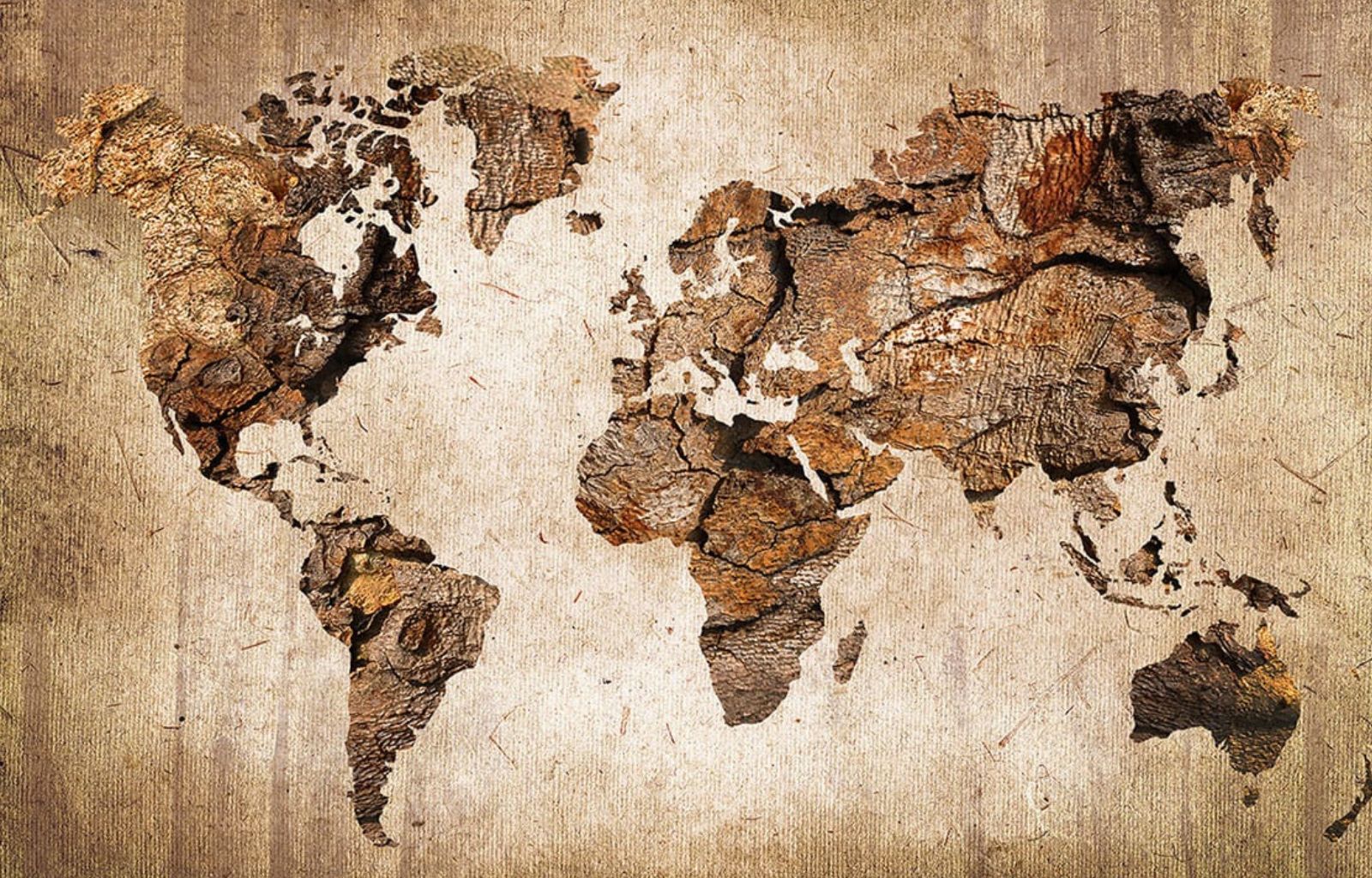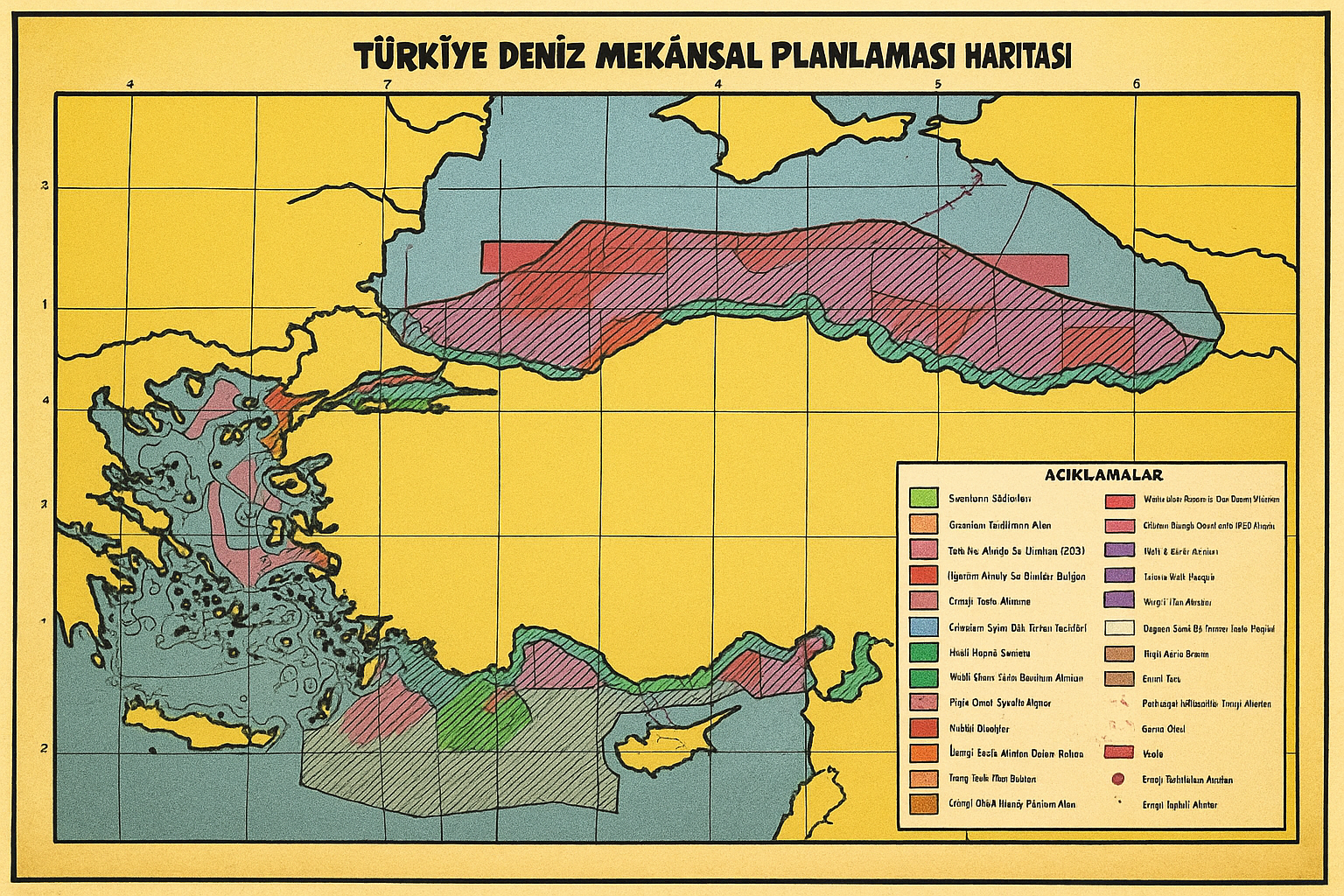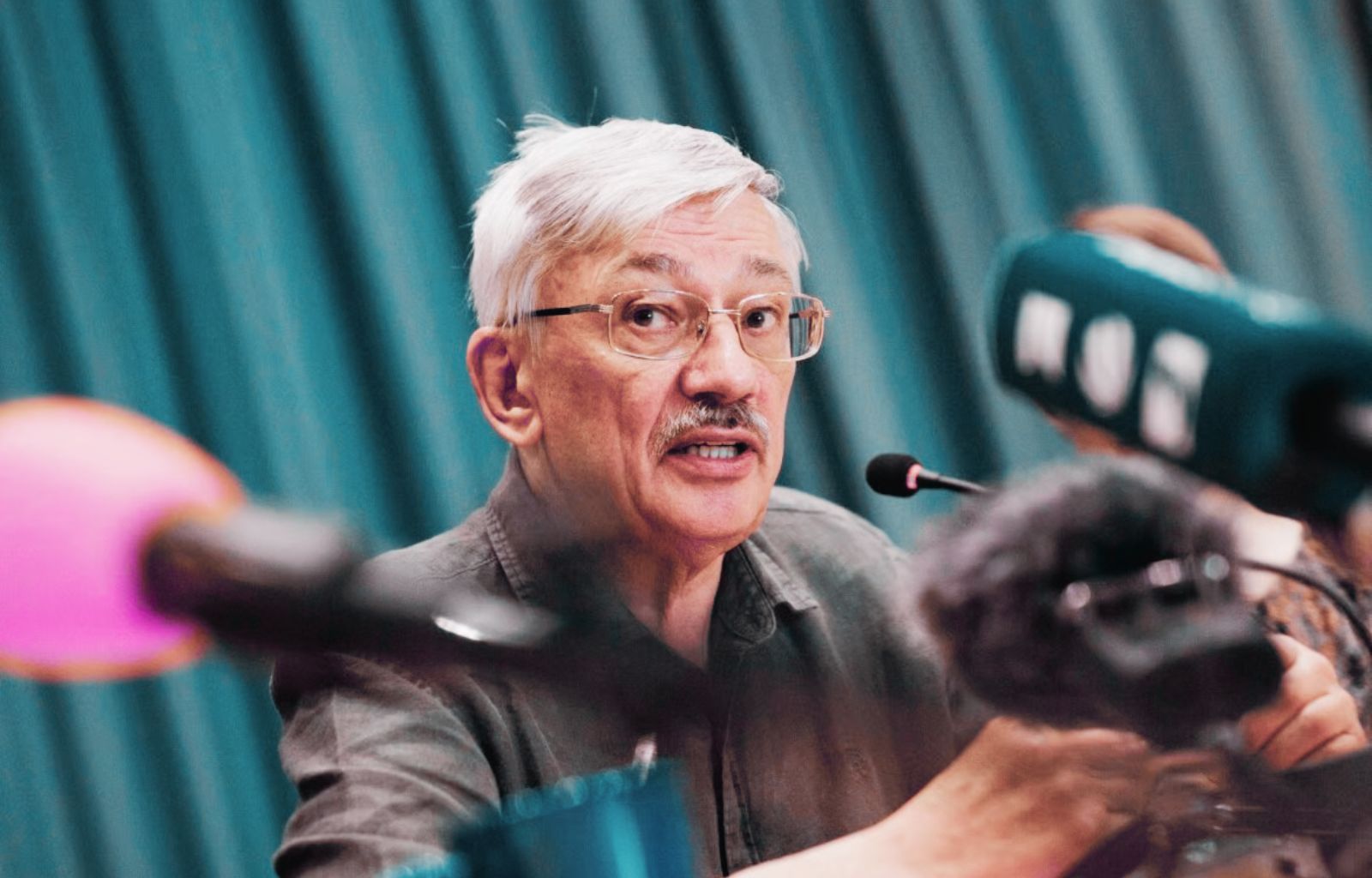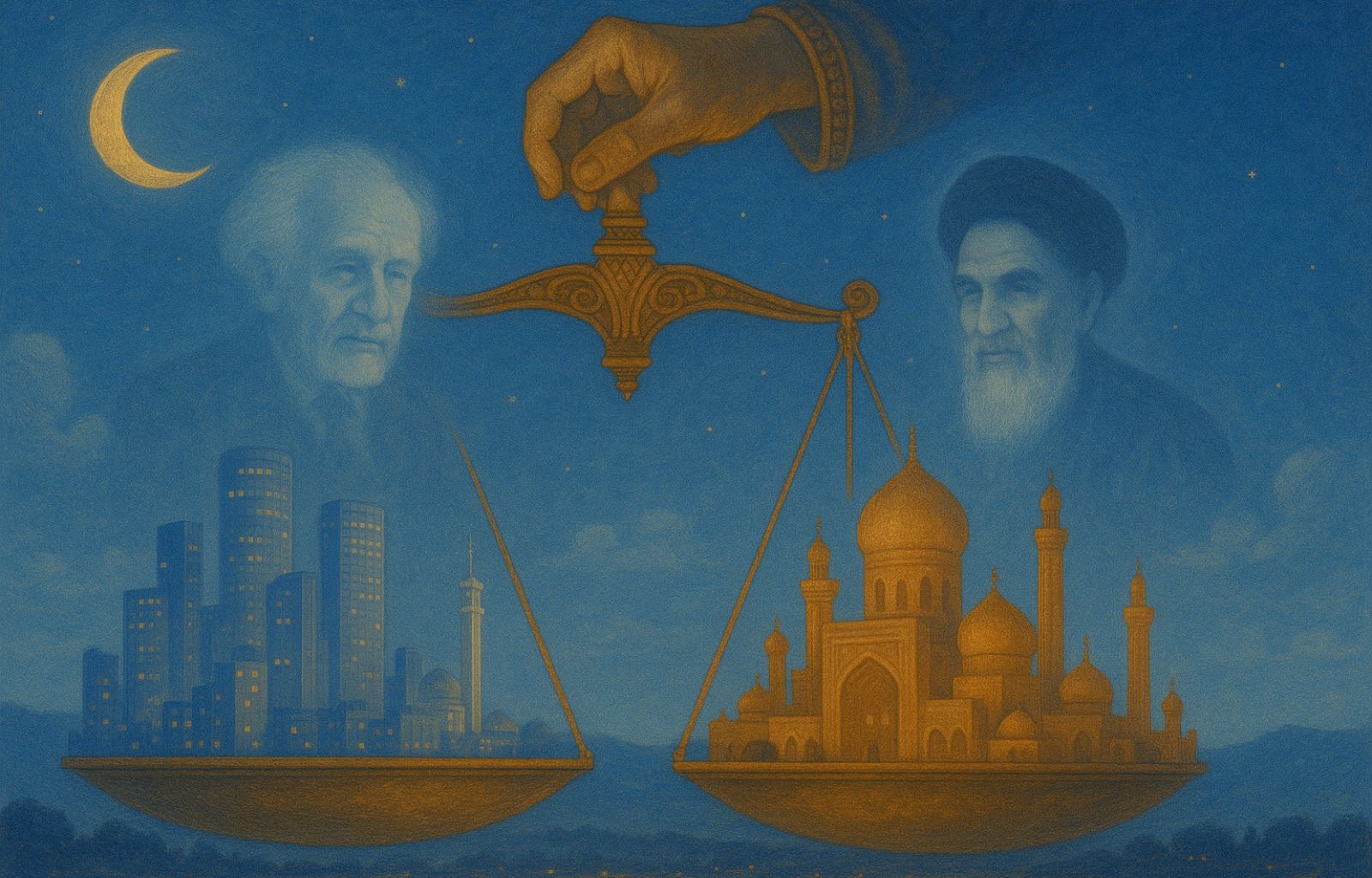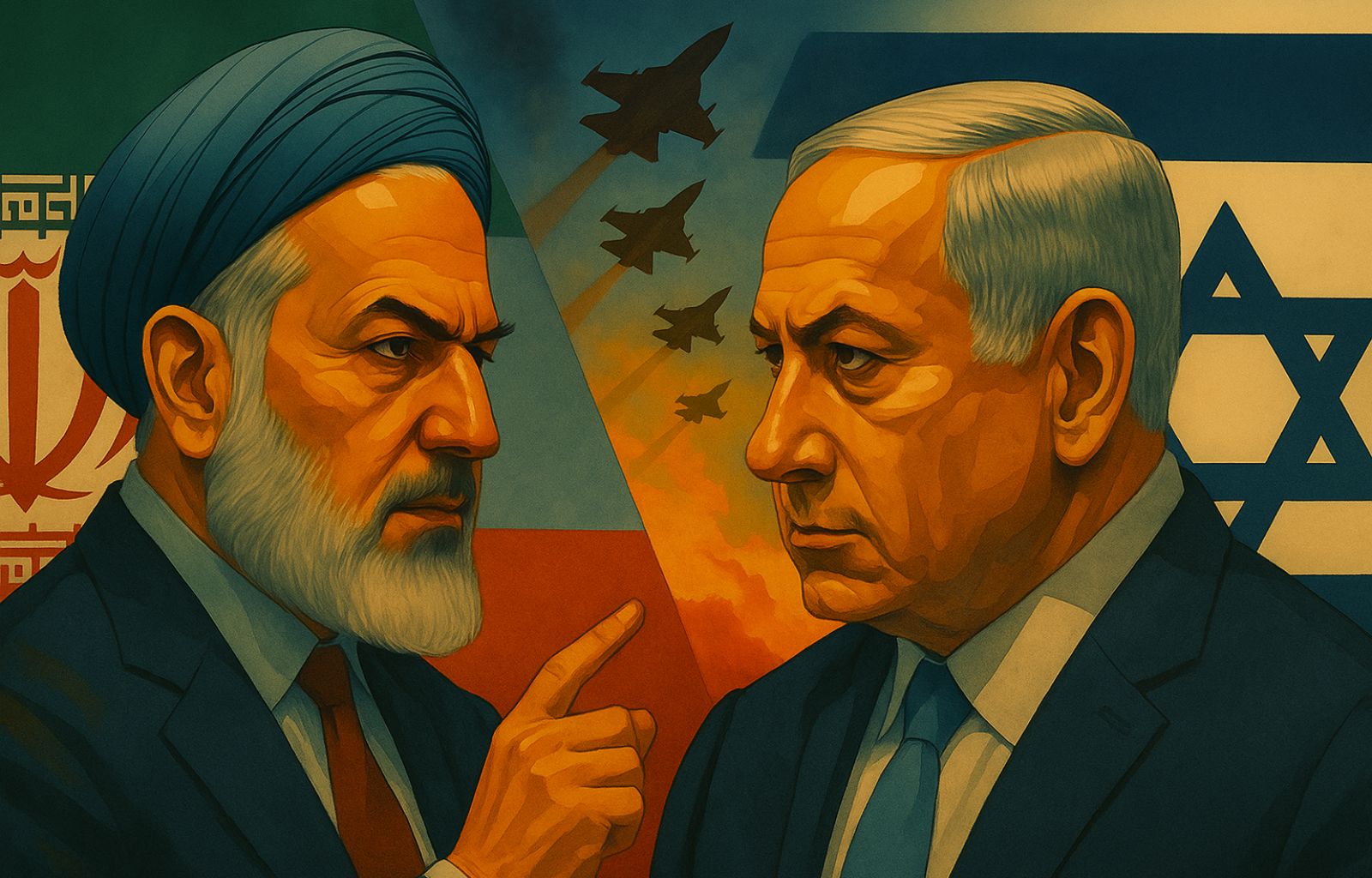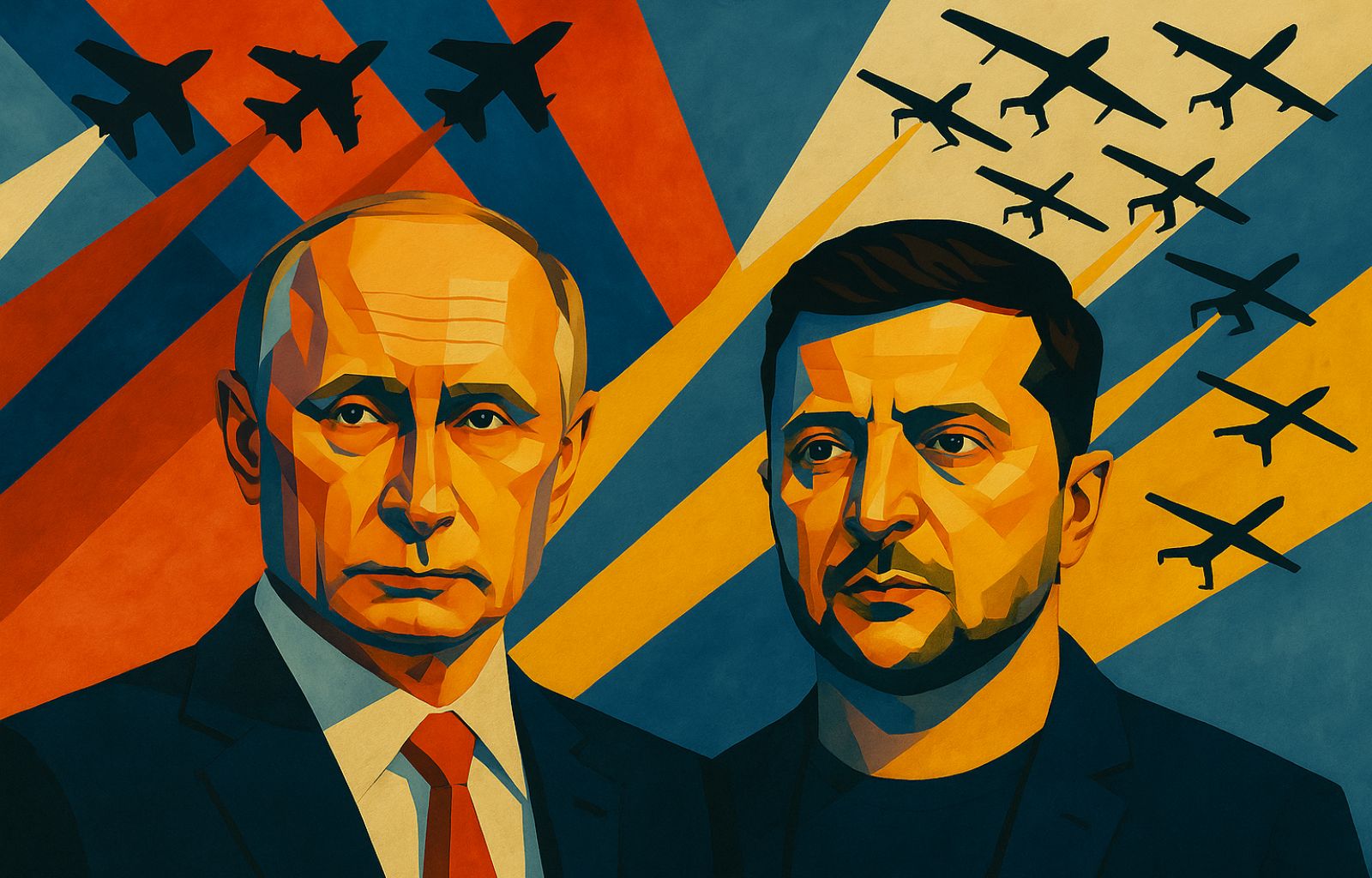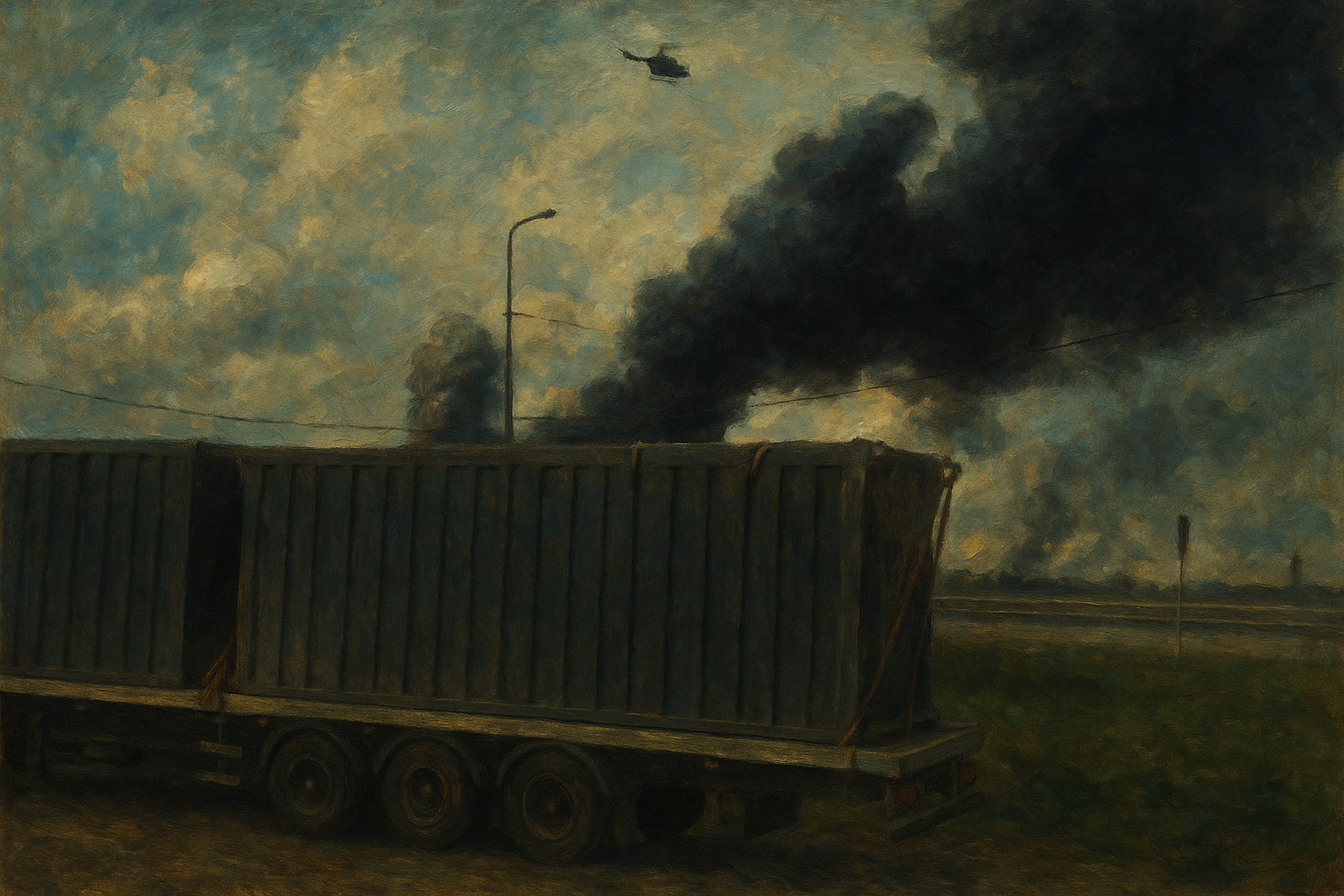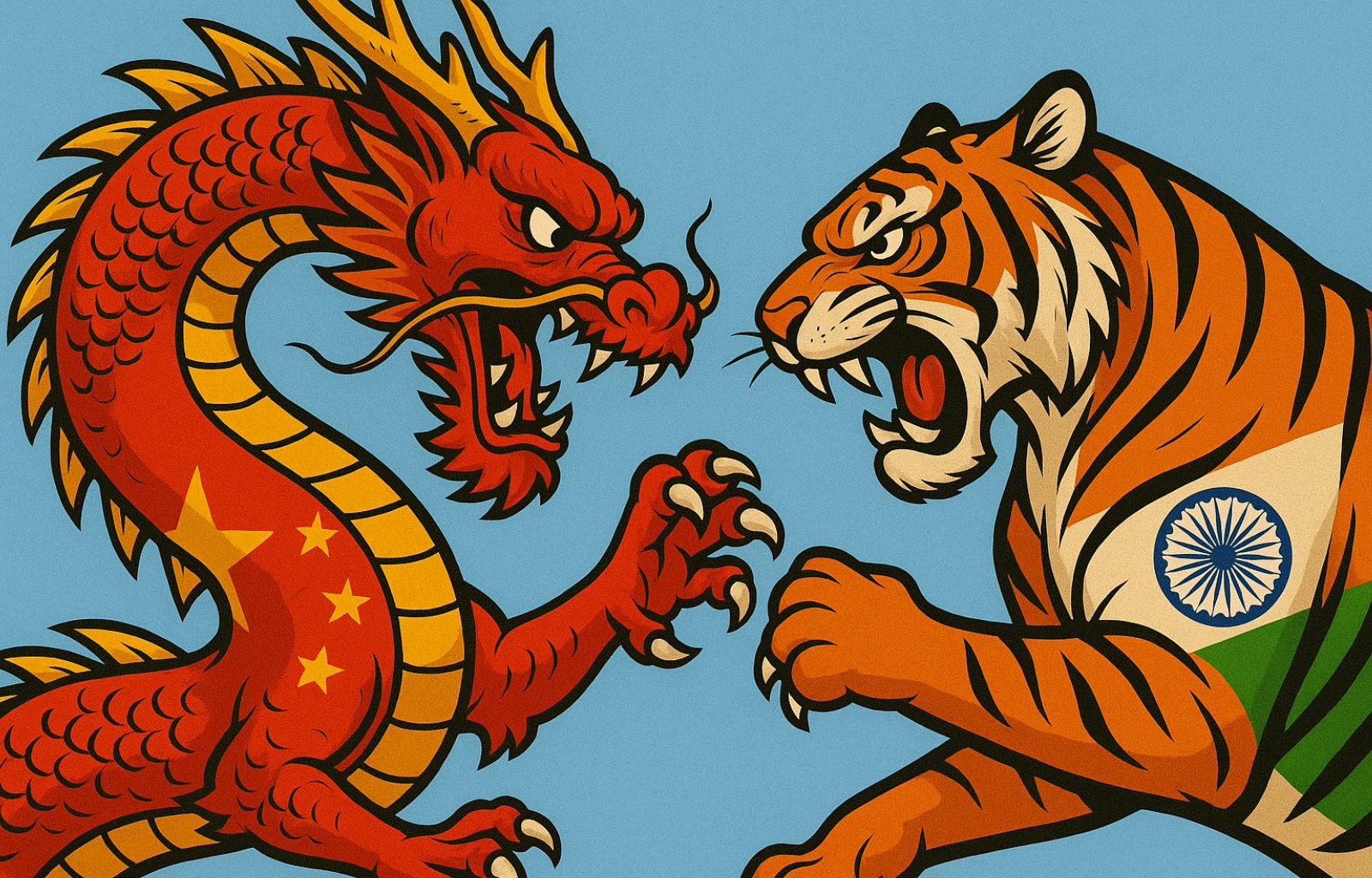SISPRI report data: China’s nuclear arsenal steadily growing
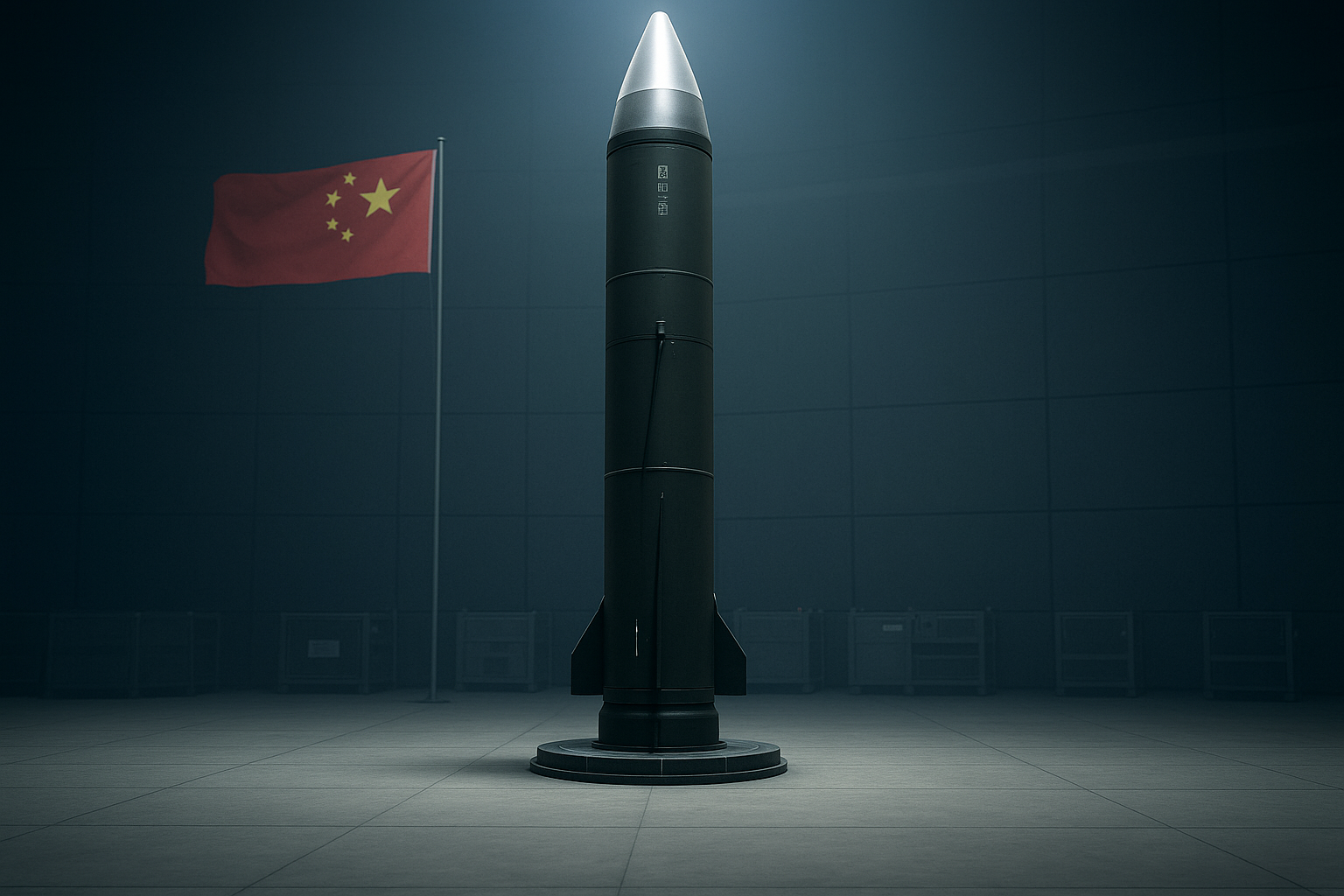
In the industrious silence of diplomacy and under the watchful eye of world powers, China continues to expand its nuclear arsenal, while reaffirming at every opportunity its adherence to a strategy of self-defence. This is certified by the new 2025 report by the Stockholm International Peace Research Institute (SIPRI), according to which Beijing has now reached 600 nuclear warheads, growing at the rate of about 100 new units per year. No other country today expands its atomic capabilities with such rapidity.

The figure is part of an increasingly fragile international context, in which nuclear disarmament now seems to be a rhetorical objective, far from the concrete agendas of the main global players. SIPRI’s alarm is clear: “A new and dangerous nuclear arms race is emerging”, a phenomenon that marks a return to Cold War logic in a world already racked by geopolitical tensions, regional wars and systemic instability.
Beijing’s official position: ‘No arms race’
The Chinese response to the SIPRI report was not long in coming. According to Guo Jiakun, Foreign Ministry spokesman, China ‘has always adhered to a nuclear self-defence strategy‘, keeping its capabilities ‘at the minimum level required for national security‘. Guo also reiterated that Beijing ‘has never engaged in an arms race‘, and that it continues to adopt the policy of non-first use of nuclear weapons, a commitment that – in the spokesman’s words – is ‘rigorous and unconditional‘, extended even to the promise not to use nuclear weapons against non-nuclear states or in denuclearised areas.
This positioning, while consistent with the traditional Chinese nuclear narrative, clashes with the numbers reported by SIPRI. While it is true that Moscow and Washington continue to hold the bulk of global armaments (with 5,459 and 5,177 warheads respectively, accounting for about 90% of the world total), the Chinese acceleration represents a long-term strategic breakthrough that is bound to influence global balances.
The global context: a trend towards nuclear re-militarisation
The report shows that while there has been a slight reduction in the global inventory of warheads (12,241 units), the trend is still for all nuclear powers to modernise and strengthen their arsenals. China’s expansion, in this sense, appears to be a sign of multipolar competition, which is not only about deterrence against the United States, but also an assertion of its position in the small club of global powers capable of projecting strategic force.
This scenario also includes North Korea, which according to SIPRI estimates has around 50 warheads and fissile material to produce up to 40 more. Israel, for its part, while not officially recognising its possession of nuclear weapons, is estimated to have around 90 warheads, confirming the persistent strategic ambiguity in the Middle East.

What the Chinese trajectory implies
The sustained pace at which China is expanding its arsenal has profound implications. It is not just a matter of numbers, but of strategic projection, regional deterrence (especially towards India, the United States and Japan) and, in perspective, negotiating capacity in a future international set-up where nuclear warheads once again become a geopolitical currency, as they were in the 20th century.
What makes the Chinese increase even more significant is the fact that Beijing does not participate in nuclear arms reduction treaties comparable to those signed in the past between Washington and Moscow. This places it in a position of increasing autonomy with respect to the rules of multilateral disarmament, making any hypothesis of comprehensive negotiations more difficult.
Between peace rhetoric and strategic reality
China continues to proclaim its adherence to the principle of global peace and stability, but the data show another, more ambiguous and multifaceted reality. The modernisation of the atomic arsenal is a fact, as is the pace at which it is taking place. And if the ‘no first use’ policy can reassure on the doctrinal level, the quantitative and qualitative growth of the warheads imposes new reflections on the global strategic balance.
SIPRI is sounding the alarm: the new nuclear arms race is not just a future risk, but a reality already in place. Ignoring it is tantamount to preemptively giving up on the possibility of containing the escalation.

